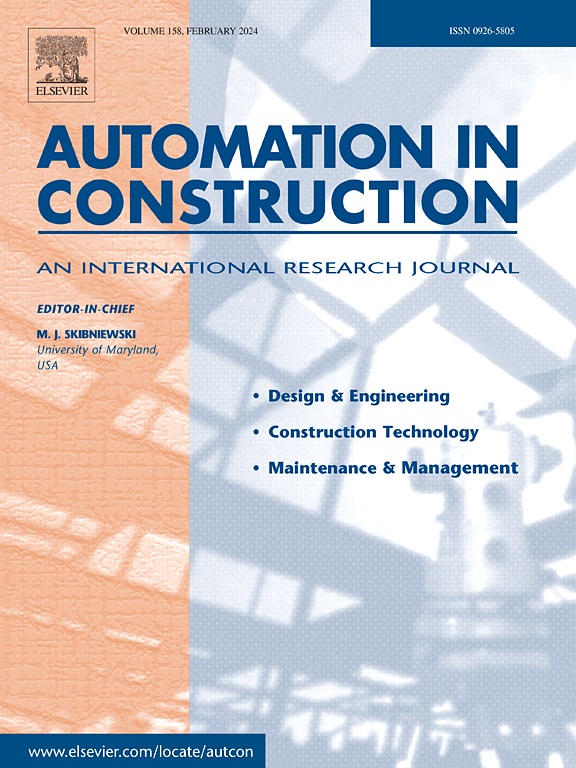Predicting the performance of slurry TBM through marine deposits using machine learning models
IF 9.6
1区 工程技术
Q1 CONSTRUCTION & BUILDING TECHNOLOGY
引用次数: 0
Abstract
Slurry TBMs are essential for large-diameter tunnels in challenging geological environments, but accurate prediction of penetration rate (PR), a key parameter signifying operational efficiency, remains understudied. Existing machine learning (ML) models for TBMs do not consider slurry-related parameters. This paper leverages a comprehensive dataset (2000 data points) from the Mumbai Coastal Road tunnel in India to address this gap and develop seven supervised ML models. Among these Extra Tree (ET) and XGBoost (XGB) models demonstrated superior performance, with Root Mean Squared Error (RMSE) values of 1.69 and 1.91, respectively. The study reveals an 11% increase in model performance when slurry parameters are included in the ML model for PR prediction. Results from the SHapley Additive exPlanations (SHAP) analysis are grounded in the geomechanical theory, demonstrating the generalizability of the ML models and providing insights into critical parameter contributions, enabling accurate penetration rate predictions and improved project timelines, outperforming traditional empirical methods.
利用机器学习模型预测海洋沉积物中浆液式TBM的性能
浆液掘进机对于具有挑战性的地质环境中的大直径隧道来说是必不可少的,但准确预测钻速(PR)这一决定施工效率的关键参数仍有待研究。现有的tbm机器学习(ML)模型没有考虑浆液相关参数。本文利用来自印度孟买沿海公路隧道的综合数据集(≈2000个数据点)来解决这一差距,并开发了七个监督机器学习模型。其中Extra Tree (ET)和XGBoost (XGB)模型表现出较好的性能,均方根误差(RMSE)分别为1.69和1.91。研究表明,当浆料参数包含在ML模型中用于PR预测时,模型性能提高了11%。SHapley加性解释(SHAP)分析的结果以地质力学理论为基础,证明了ML模型的普遍性,并提供了对关键参数贡献的见解,从而实现了准确的渗透率预测和改进的项目时间表,优于传统的经验方法。
本文章由计算机程序翻译,如有差异,请以英文原文为准。
求助全文
约1分钟内获得全文
求助全文
来源期刊

Automation in Construction
工程技术-工程:土木
CiteScore
19.20
自引率
16.50%
发文量
563
审稿时长
8.5 months
期刊介绍:
Automation in Construction is an international journal that focuses on publishing original research papers related to the use of Information Technologies in various aspects of the construction industry. The journal covers topics such as design, engineering, construction technologies, and the maintenance and management of constructed facilities.
The scope of Automation in Construction is extensive and covers all stages of the construction life cycle. This includes initial planning and design, construction of the facility, operation and maintenance, as well as the eventual dismantling and recycling of buildings and engineering structures.
 求助内容:
求助内容: 应助结果提醒方式:
应助结果提醒方式:


